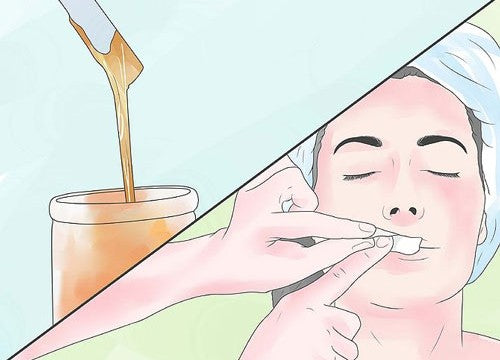Tips for Removing Women’s Facial Hair

Sooner or later, it happens to every woman. Maybe you brush your chin during a long drive, only to feel a hair that’s clearly been growing for weeks. Or perhaps you find yourself zealously plucking every stray hair every night. Some women become so fixated on their facial hair that they develop nervous tics, constantly stroking their faces and feeling for any hair they might have missed. Others endeavor to remove every last stray by training a massive magnifying mirror and a bright light on problem areas. It doesn’t have to be this way, though. VidaSleek makes it easy for safely removing women’s facial hair. No obsessing necessary.
You’re Normal. Really.
Whether you’ve had facial hair your entire life or are just now noticing it for the first time, rest assured of one thing: You’re normal. Our image-obsessed society doesn’t show images of women with facial hair, but it’s not because facial hair isn’t common. Every woman has it to some degree or another, and facial hair tends to increase as you age. Common reasons for noticing facial hair include:
- Hormonal changes due to pregnancy, puberty, or menopause.
- Medical conditions such as polycystic ovarian syndrome; if you suddenly develop large quantities of facial hair, be sure to talk to your doctor before you wax.
- Changes in hair texture or hair color; blond hair is less noticeable, but your hair tends to darken and change texture over time.
- Differences in lighting. Indoors, the hair may be invisible, but in natural light it can suddenly become quite noticeable.
Tips for Removing Women’s Facial Hair
So you’re ready to remove that unsightly facial hair? VidaSleek's Hard Wax and Spa Wax are your best choice. Even the best wax requires a little prep, though. Try these tips to ensure a smooth and relatively painless waxing process:
- Do a patch test on a less visible area, such as under your chin, to ensure you don’t have an allergic reaction.
- Pull your skin taut as you apply the wax, and again before you pull it off.
- Never, ever shave facial hair; this can produce unsightly stubble that you’ll need to let grow before you can wax it!
- Apply a skin soothing balm after you wax (such as Aloe Vera), and ensure you thoroughly rinse your face to remove any excess wax.
- Ask your doctor first if you use products such as Accutane, which can make your skin more sensitive and prone to irritation.
- Steer clear of harsh skin products in the 24 hours or so after you wax; if you don’t have a reaction, you can use these products right away next time.
Recent Posts
@vidasleek on instagram
Best Selling Products

- Regular price
- $15.99
- Sale price
- $13.99 Sale



